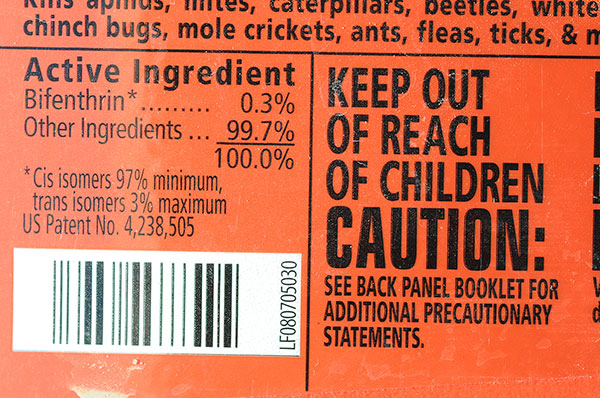Signal Word Vol. 2, No. 18
Your Extension Experts
Related News
April 24, 1997
April 17, 1997
April 10, 1997
April 3, 1997
March 31, 1997







